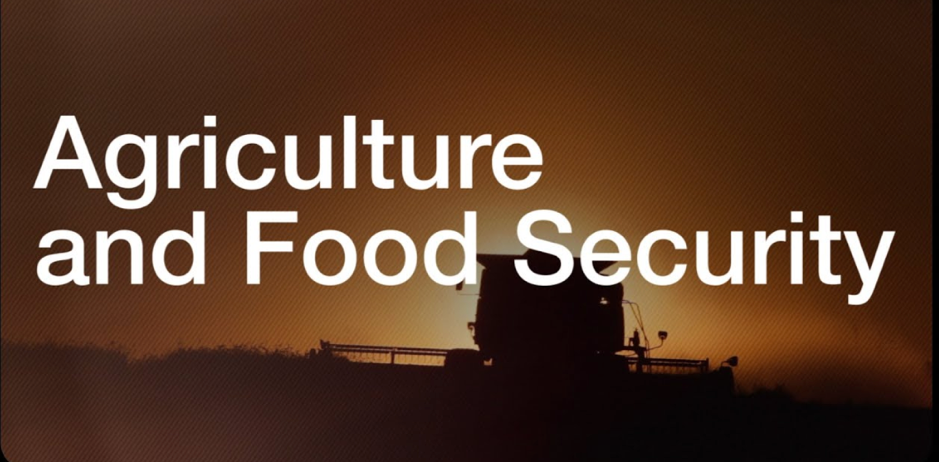
Is an environmentally sound agricultural policy, and feeding 10 billion people mutually exclusive?
With 7.7 billion people on the planet today, our food systems are barely coping. This “just coping” still leaves 11.6% of all humanity hungry and facing chronic food deprivation, a situation that is unbearable with an immense cost to the environment. Traditional agriculture can be described as:
“The history of agriculture is best described as getting “more for more.” The more land we farmed, the more food we produced. The more water, fertilizers and pesticides we applied, the more bountiful our harvests. While modern farming successfully feeds billions of people, its rapid expansion has also led to biodiversity loss, polluted waterways and rising greenhouse gas emissions. This approach is not sustainable.”
https://medium.com/ensia/can-we-meet-a-growing-need-for-food-without-destroying-our-environment-6f7307634d3c
Does this sound familiar? We all know it to be true!
By 2050 the global population is forecast to be 10 Billion. Is it possible to feed 10 Billion people and not worsen the ruination of our planet in the process? Some factors not boding well for the future sustainability of humanities food security are:
1. A global population increasing from 7.7 billion as of today to 10 Billion by 2050 (only 30 years away), a 27% increase to population.
2. Our current agriculture and food production system is mostly an extractive system and is environmentally destructive. Field crops are hugely destructive. They require the complete removal of the existing ecosystem (forest / grassland) to be replaced by a single crop type.
3. Growth in the middle classes of Africa and Asia over the next 30 years will see a greater demand on processed foods requiring more of everything to be produced for consumption. Producing more meat and dairy requires more grain and water.
4. Under the current agricultural paradigm, we are not able to increase food production further without more land, more water, or better-quality soils. Regrettably, global warming and poor agricultural practices have made soil quality worse, not better. Today, 40% of total land is arid and that is set to rise with global warming.
5. Traditional agriculture (large scale, single crop type) is bad for pollinators (bees / butterflies, wasps etc), which need crop diversity.
6. Increased temperatures will reduce the nutritious value of grains and vegetables (lower protein, iron and zinc). This will apply to many of the world’s most important staples, among them wheat, rice, maize, barley, potatoes, soybeans and vegetables.
7. Over time, small farming has become uneconomic. People are leaving the land in search for employment and sustainability in urban settings.
8. Projected massive migration on as scale not seen ever before as people move to where food is available and away from food systems that are broken. According to a study by the United Nations World Food Programme (WFP), each percentage-point increase in food insecurity increases refugee outflows by 1.9 per cent.
9. It takes 1,500 litres of water to grow 1 kilogram of wheat. It takes 16,000 litres of water to produce 1 kilogram of beef. Current food production consumes 70% of all available water resources. By 2050, we will need twice the amount of water to feed the planet. Where will all the extra water come from?
10. According to the Food and Agriculture Organization (FAO) of the United Nations, an estimated 1.3 billion tonnes of food is wasted globally each year, 33% of all food produced for human consumption.
I believe we can all agree, this “little list” is very troubling indeed!
